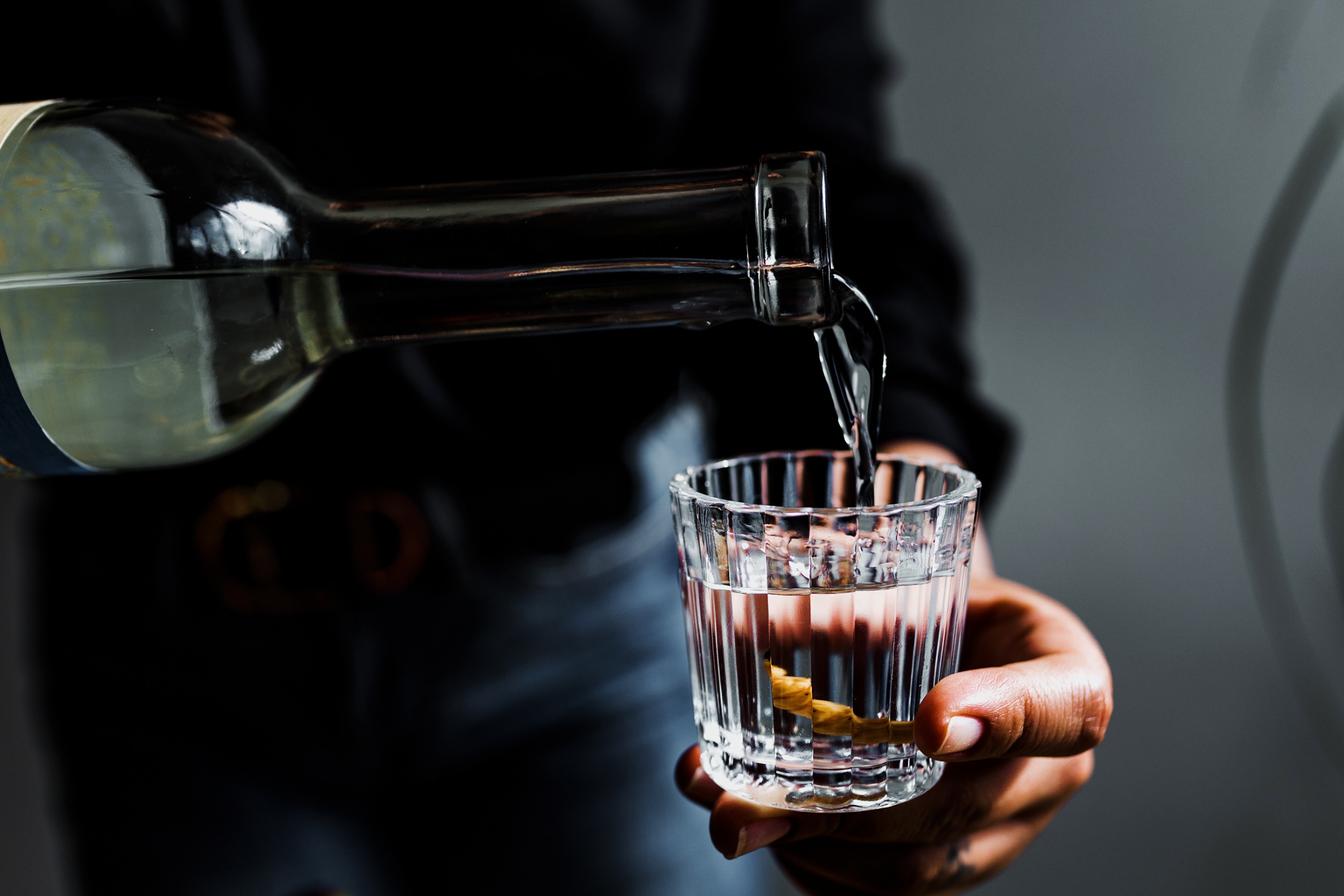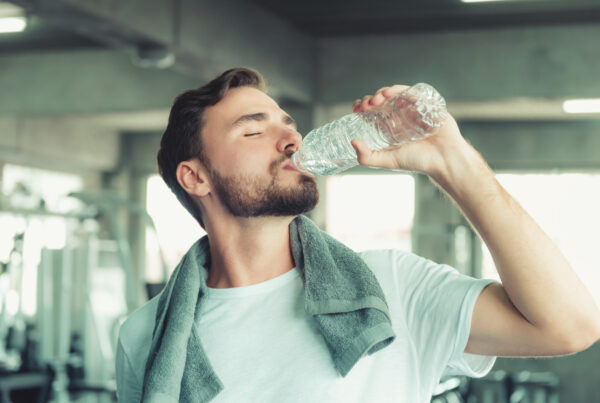”Question: What are the top tips to reduce my alcohol consumption?
Reading time: 5 Minutes
MWi Hack:
- Learn practical tips on how to reduce your alcohol consumption.
MWi Summary:
-
- You can use these suggestions to help decrease your alcohol use:
- Set yourself a drink limit and count your drinks
- Have a few alcohol-free days each week
- Swap to low or no-alcohol alternatives
- Keep up your water and food intake
- Limit how much alcohol you keep in the house
- Keep attractive non-alcoholic options at home
- Change your “after-work routine”
- Delay that first drink
- Drink only with dinner
- You can use these suggestions to help decrease your alcohol use:
Are you considering cutting back on the amount of alcohol you drink? Here are some tips to help you out.
Whether you want to cut back because you’ve noticed your one glass of wine every couple of nights with dinner has turned into every night, or you want to lose weight or feel better overall, cutting back on the amount of alcohol you drink can benefit your mind and body in many ways.
Not only will it reduce your risk of alcohol-caused diseases such as cancer and stroke, but you’ll see short-term benefits too. Think about improved mood and decreased anxiety, increased energy levels, better sleep, brighter skin, and a slimmer waistline, not to mention cost savings.
Health experts recommend to reduce the risk of harm from alcohol-related disease or injury, healthy men and women should:
- Drink no more than ten standard drinks a week; and
- drink no more than four standard drinks on any one day.
Top four tips:
1. Set yourself a drink limit and count your drinks.
Set yourself a drink limit that is consistent with advice from the National Health and Medical Research Council (NHMRC), which is no more than ten standard drinks a week and no more than 4 in a single drinking session and stop once you’ve reached it. You’ll find you can do without that extra drink after all, and your body will thank you for it the next day.
2. Have a few alcohol-free days each week.
Having a few alcohol-free days each week will help you stay healthy and break any bad habits, such as reaching for a drink each day after work. Take this opportunity to adopt some other healthy behaviors, such as eating well and exercising.
Use our ‘drinking levels and your risk’ tool to see the benefit of reducing how many times a week you drink.
3. Swap to low or no-alcohol alternatives.
Low and no alcohol products are a good alternative for people who want to reduce their drinking – they have the same or similar taste but contain less alcohol. There are an ever-increasing range of low and no-alcohol products available at many retailers.
4. Keep up your water and food intake.
If you’re thirsty, reach for water or a non-alcohol alternative instead of alcohol.
And make sure to alternate your alcoholic drinks with non-alcoholic drinks. A glass of water, soda water, juice, or a soft drink will do the trick.
Drinking on an empty stomach will increase the rate that alcohol is metabolized in your body. Eating before or while you drink alcohol will help it be absorbed into the bloodstream at a lower rate.
Regardless of how much food you eat or water you drink, our bodies only break down one standard drink of alcohol every hour, on average. So sculling a glass of water or having a plate of food after you’ve started drinking won’t necessarily help reduce the effect alcohol has on our body or reduce our blood alcohol concentration (BAC).
If you’re wanting to reduce how much you drink at home, try some of these tips:
1. Limit how much alcohol you keep in the house.
If it’s not there, you can’t drink it! It’s like chocolate – easy access is the ultimate enabler, and if all it takes is opening the fridge, then you’re potentially on a slippery slope to being tempted.
If you’re not ready to make your house a drink-free zone, just avoid stocking up on alcohol on the next trip to the bottle shop. Research tells us the more alcohol we buy, the more likely we are to drink it sooner than we had intended. So, while you might have good intentions to stock up for two weeks, you might find yourself coming up empty sooner rather than later.
2. Keep attractive non-alcoholic options at home.
In addition to the range of non-alcoholic beer, wine, and spirit options available, keeping your house stocked with good teas, sparkling water, and other non-alcoholic drinks will also help. Substituting alcoholic drinks with tasty non-alcoholic drinks is a good alternative for people choosing to reduce their intake.
3. Change your “after-work routine.”
If you’ve gotten into the habit of reaching for a glass of wine or a beer after work to help de-stress, try changing up your routine by finding some healthier alternatives.
For example, try finding an after-work activity, such as going for a walk or run or doing another form of activity, get into another hobby that doesn’t involve alcohol, or if you’re keen for a drink, try putting the kettle on or reaching for a tasty non-alcohol alternative.
4. Delay that first drink.
The earlier you start drinking, the longer a drinking session can become. If you choose to drink, find a milestone in your day that isn’t until later in the evening, such as dinner or after you exercise to have a drink. The later you start drinking, the less alcohol you are likely to consume.
5. Drink only with dinner.
Rather than having a few drinks before dinner, wait until dinner is served. One full-strength stubbie of beer or a glass of wine has around 1.5 standard drinks, so why not only limit your evening drink to only one with dinner?
If you’re going out, here are some things you can do to reduce your drinking:
- If you’re going to a friend’s place, limit how much alcohol you take with you and make sure you have a variety of non-alcoholic alternatives.
- If you’re heading out for the night, avoid drinking in rounds. Research tells us drinking in rounds results in people drinking more than they planned.
- If you want to limit how much you drink, the best excuse is to be the designated driver!
- Set a budget for how much you will spend on alcohol in any period.
- Find social alternatives that don’t involve alcohol. For example, pick a location to catch up with a friend where alcohol isn’t easily available, such as at the beach, at a picnic, or at the movies.
MWi would like to thank Alcohol Think Again for sharing these insights with our community. Hit the button below to go to the original article:






